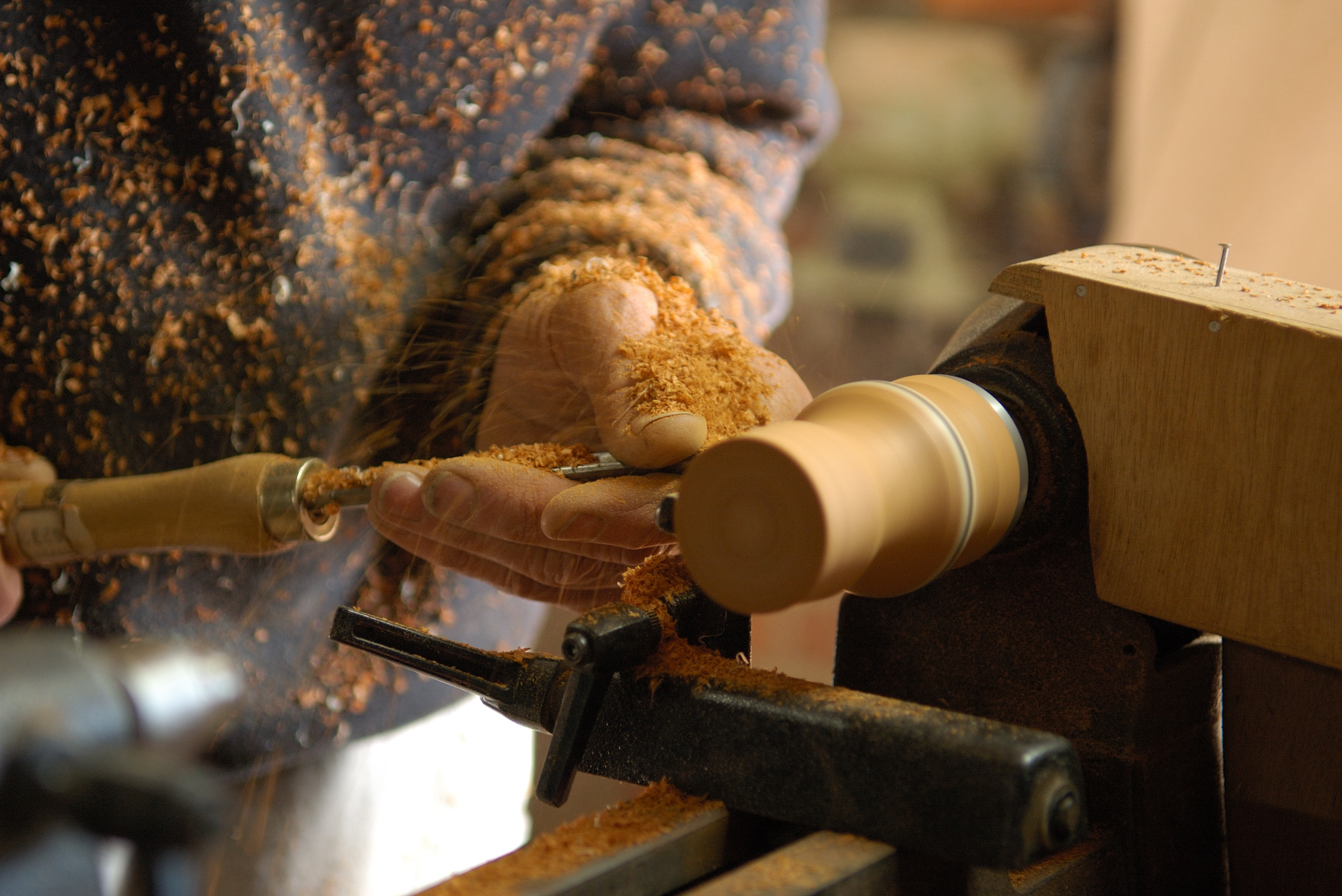Woodturning 101: Essential Tips for Beginners
Woodturning, the art of shaping wood while it is spinning, offers a unique blend of creativity and craftsmanship. For anyone looking to start a new hobby or delve into a new craft, woodturning provides an accessible and deeply satisfying venture. This guide will walk you through the basics, offering insights and tips on how to get started, what tools you’ll need, and the techniques to master your first projects.
Woodturning 101 – What You Need to Know
Before you turn on the lathe, understanding the foundational elements of woodturning is crucial. It involves tools like the lathe, which is the central equipment used to hold and spin the wood, chisels, and other cutting instruments.

Each tool has a specific purpose, and learning how to use them correctly is the first step in mastering this craft. Safety is paramount in woodturning, as the high-speed rotation of the lathe can pose risks if proper precautions aren’t taken.
Choosing the Right Lathe and Tools to Start Your Woodturning Journey
Selecting the right lathe is a pivotal decision in your woodturning journey. Lathes come in various sizes and power levels, from small tabletop models for beginners to large floor models for advanced users.

Beginners should look for a lathe that is sturdy yet simple to operate, offering enough features to allow growth in the craft without overwhelming the novice with too many complexities. Additionally, investing in high-quality chisels, gouges, and safety gear like goggles and face shields will set the foundation for a safe and enjoyable woodturning experience.
First Projects to Consider – Simple Yet Rewarding Creations
Once you have your workspace set up with the right tools and safety equipment, starting with simple projects can help build confidence and skill. Consider beginning with straightforward items like wooden pens, simple bowls, or even keychains.

These projects don’t require large pieces of wood or complex techniques but provide essential practice and a sense of accomplishment. Each project will teach you more about tool control, wood behavior under the lathe, and finishing techniques.
Techniques and Tips For Improving Your Woodturning Skills
As you complete more projects, you’ll want to start expanding your skills. Learning different woodturning techniques such as coving, beading, and making detailed patterns will enhance your capabilities.

Watching tutorials, attending workshops, and joining local woodturning clubs can also provide valuable insights and hands-on experience. Remember, woodturning is as much about patience and practice as it is about the right tools and techniques.
Maintenance and Care for Your Woodturning Tools
Maintaining your woodturning tools is essential for ensuring they perform well and last a long time. Regularly cleaning your lathe and tools, sharpening your chisels, and checking for any wear and tear will help prevent accidents and tool damage.

Proper storage is also crucial; a well-organized workspace where each tool has its place will keep you efficient and safe while working. Finally, you will want to make sure your working area isn’t compromised by the elements, which could introduce rust to various pieces of woodturning equipment and even your tools.
- Wood Carving Tools and Basics to Get Started
- Best Types of Wood for Beginner Woodworking
- Wood Carving Ideas – Inspiration for Beginner Projects and Techniques
With this comprehensive introduction to woodturning, you are well on your way to becoming a proficient woodturner. Remember, every expert was once a beginner, and with time and practice, you, too, can master the art of woodturning. Happy turning!
Ready to start your next project? Join our DIY community to receive tool tips, how-to guides, and exclusive creative insights. Subscribe to the ManMadeDIY newsletter now!






